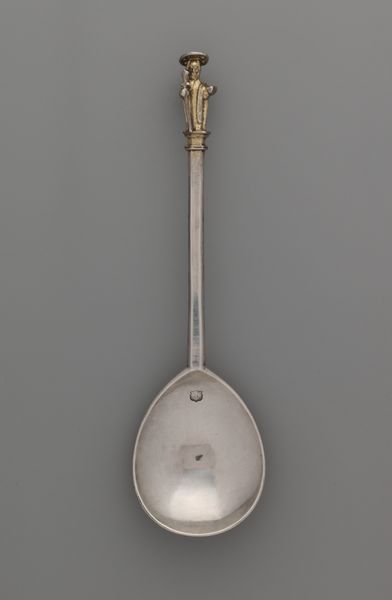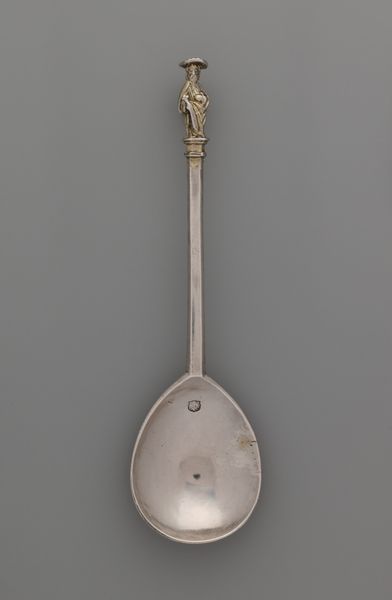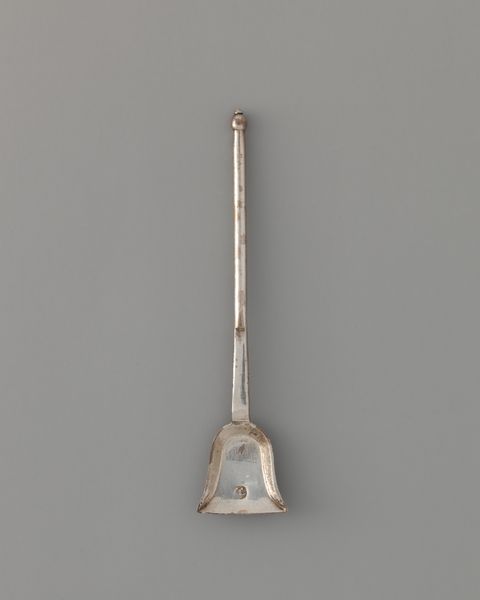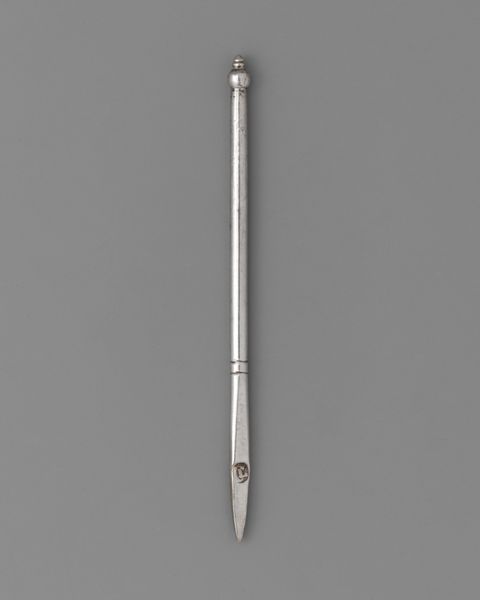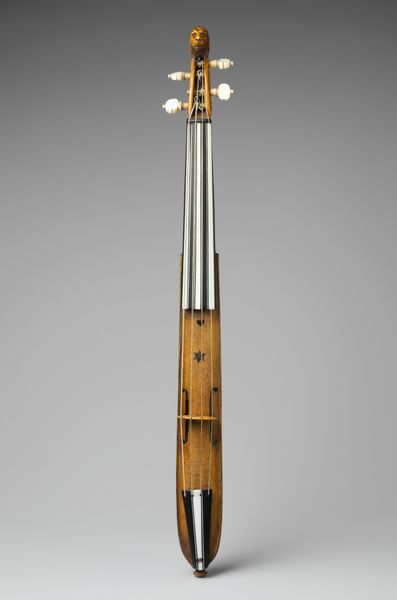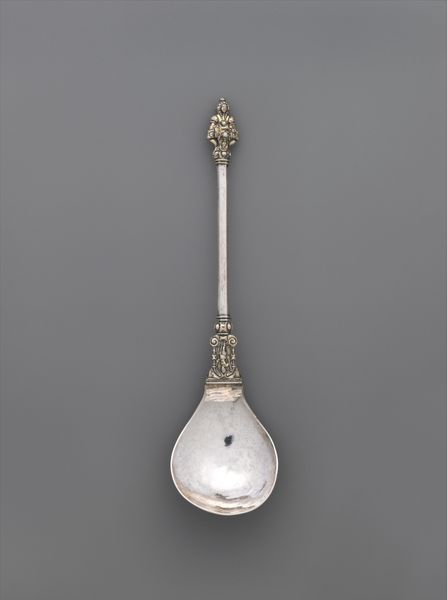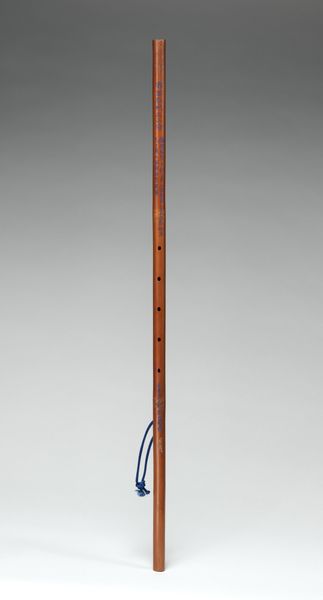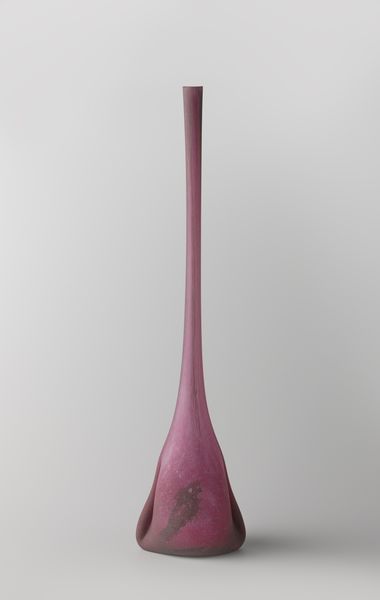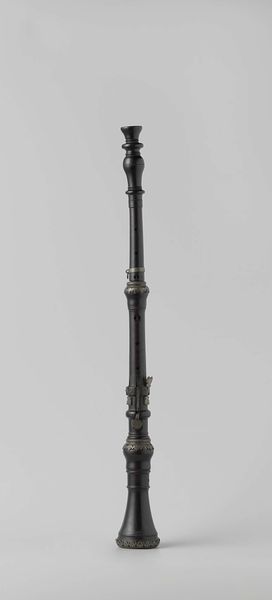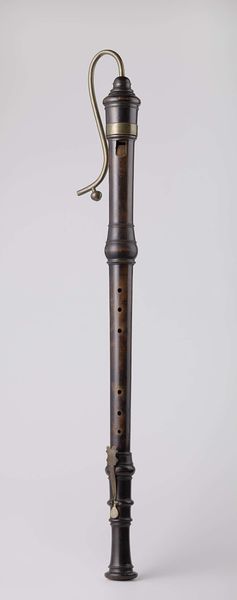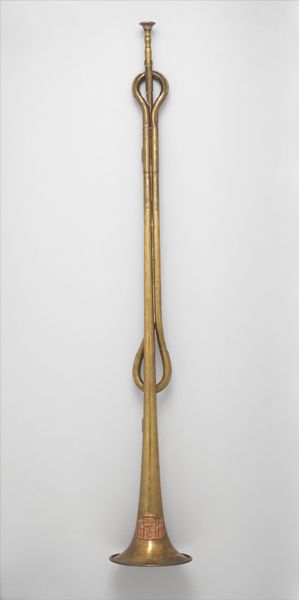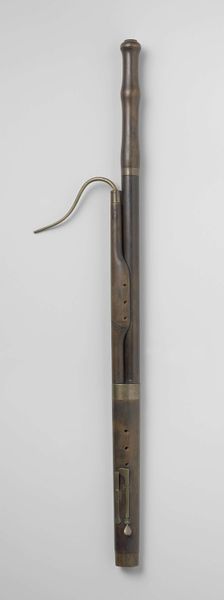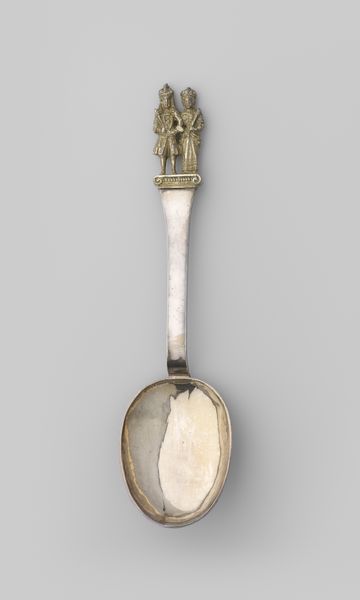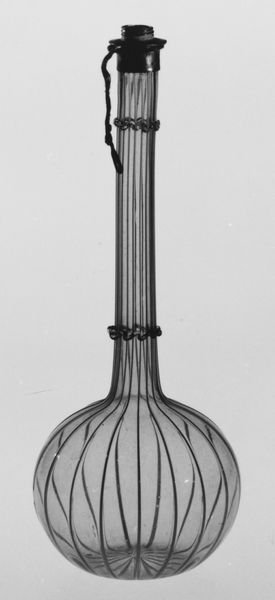
silver, metal, sculpture
#
silver
#
baroque
#
metal
#
sculpture
#
decorative-art
Dimensions: Length: 3 7/8 in. (9.8 cm)
Copyright: Public Domain
Editor: Here we have a charming object: a "Miniature Shovel" crafted from silver sometime between 1715 and 1735. Part of a set, its delicate Baroque design and diminutive scale give it a playful quality. How would you interpret the purpose and context of this miniature object? Curator: It's interesting to consider the "Miniature Shovel" as a reflection of social customs of the early 18th century. Often, decorative objects like this are linked to the rituals of the elite. Was it used for actual, tiny shoveling tasks, or did it have a ceremonial role within a specific social circle? Perhaps dealing with snuff or tea? Think about the way elites showcased their refined taste and how an item like this plays into a performance of social standing. Editor: That makes sense. The attention to detail is striking for something so small. Could the choice of silver as a material signify anything in particular? Curator: Absolutely. Silver, of course, has intrinsic value, but it also carries connotations of wealth and status. Its use here tells us about the object's intended audience. Were these sets displayed to be admired by company? Or used in some fashion related to serving or sampling spices? Silver also holds significance in terms of preservation. Are there comparable artifacts, documented customs related to tiny shovels and their owners, or similar trends of this time to contextualize our object? Editor: Good questions! Thinking about its intended use within a social context gives me a whole new perspective on this "Miniature Shovel." Curator: Examining such objects critically sheds light on how power, wealth, and social identity were actively shaped through material culture. It reveals to us a lost narrative about that particular historical moment and a specific class of people.
Comments
No comments
Be the first to comment and join the conversation on the ultimate creative platform.
